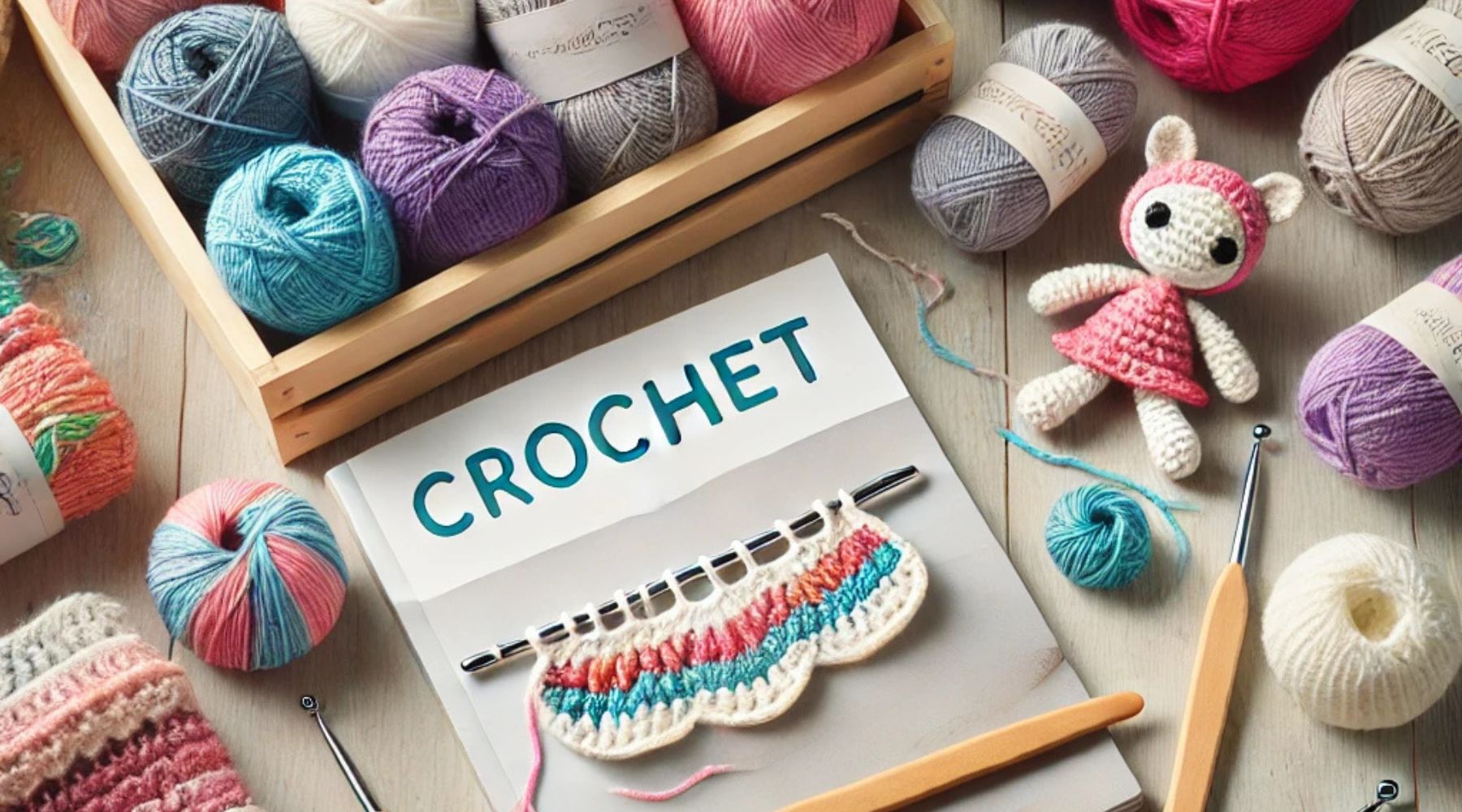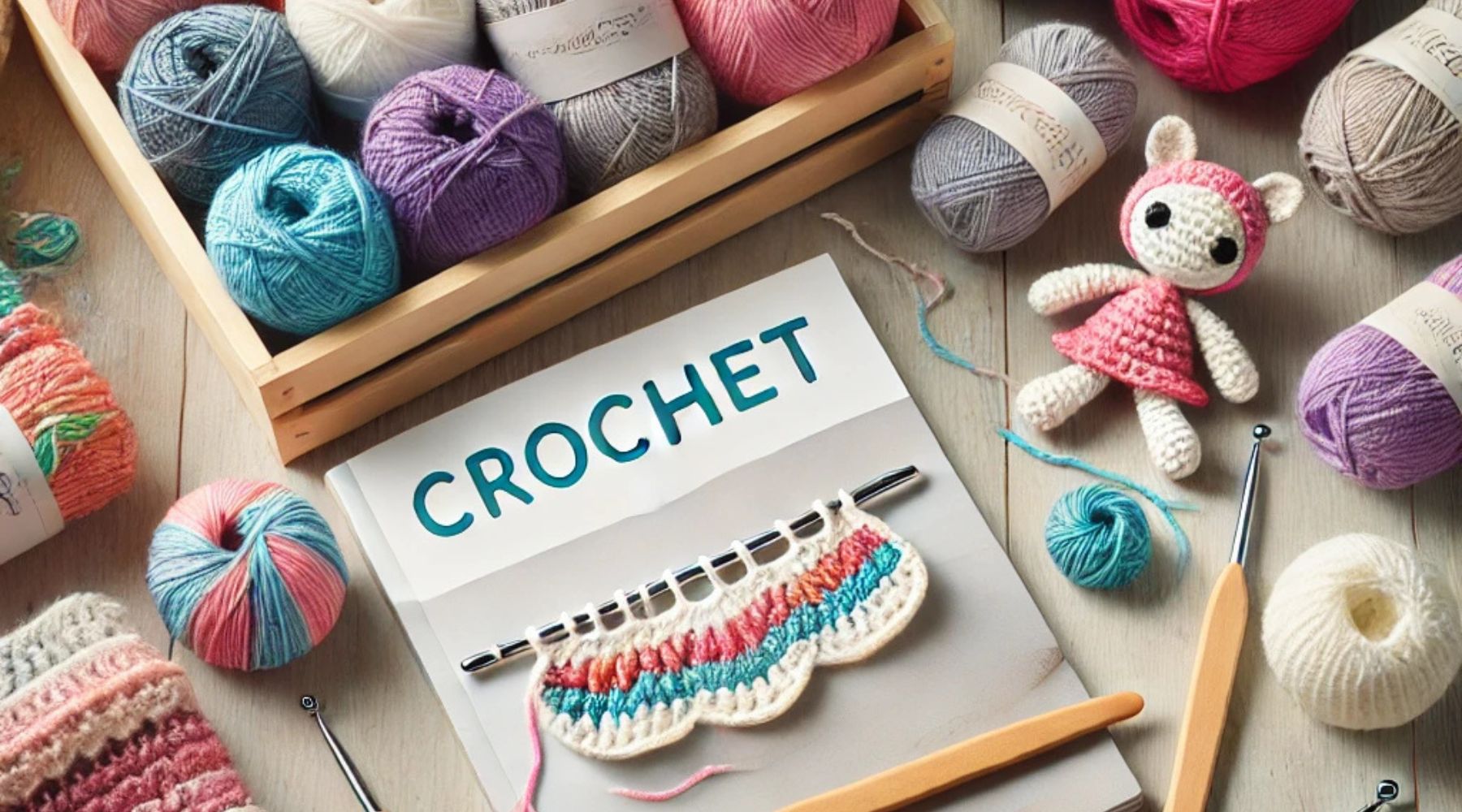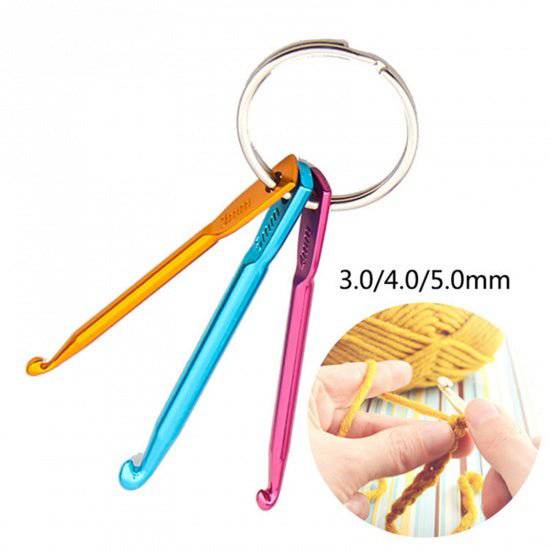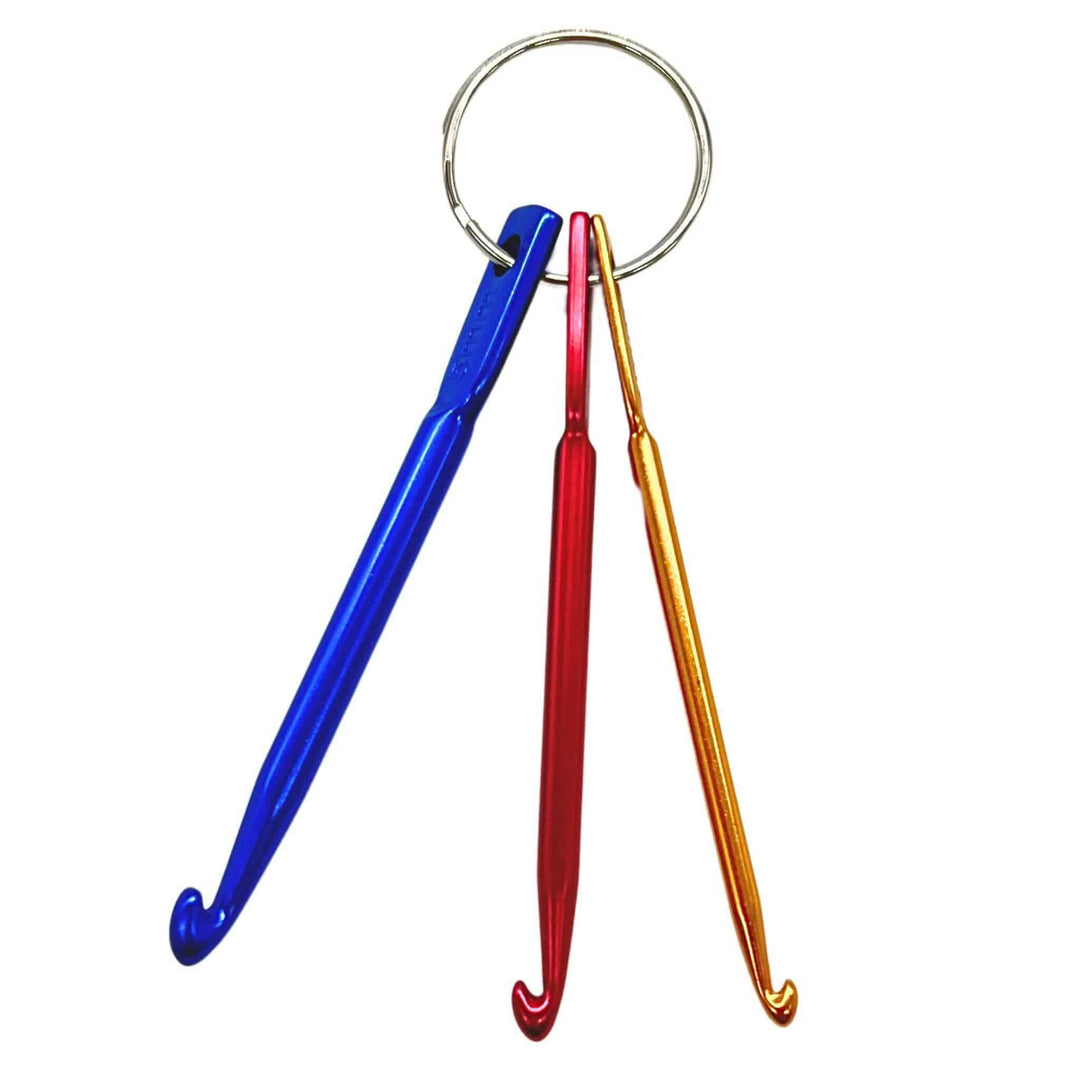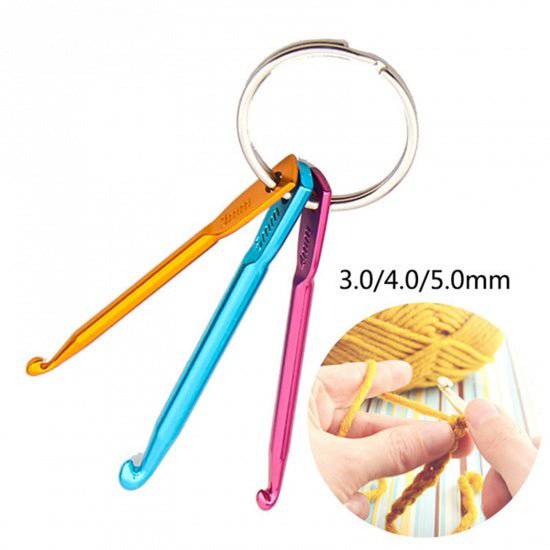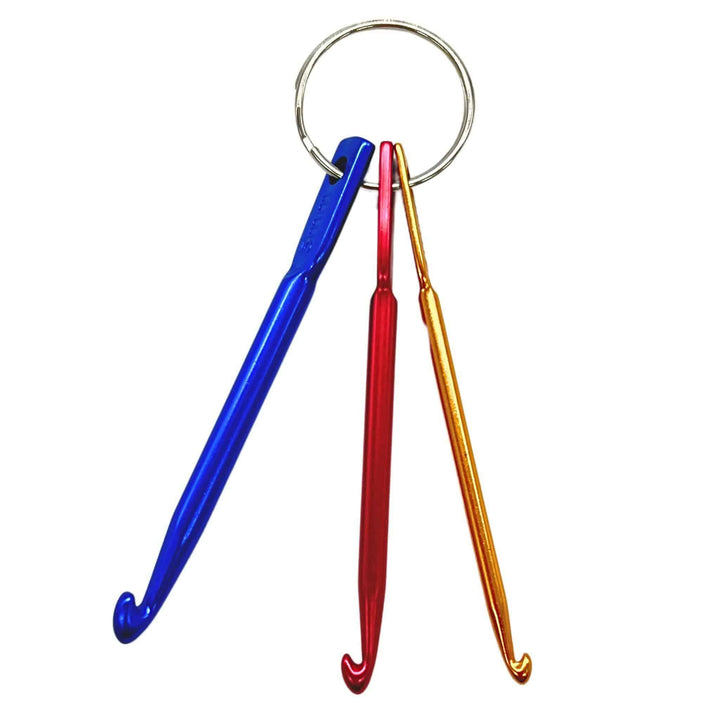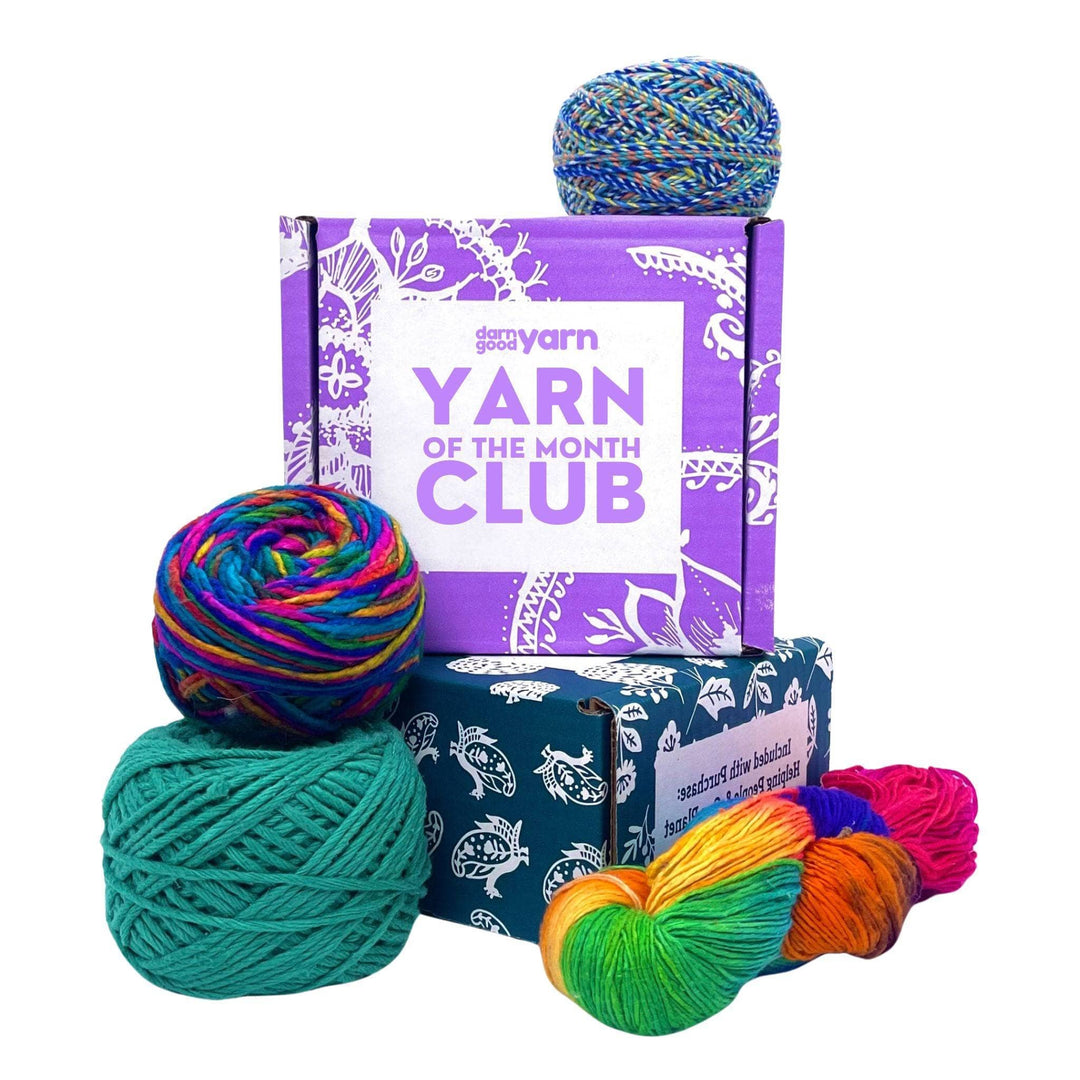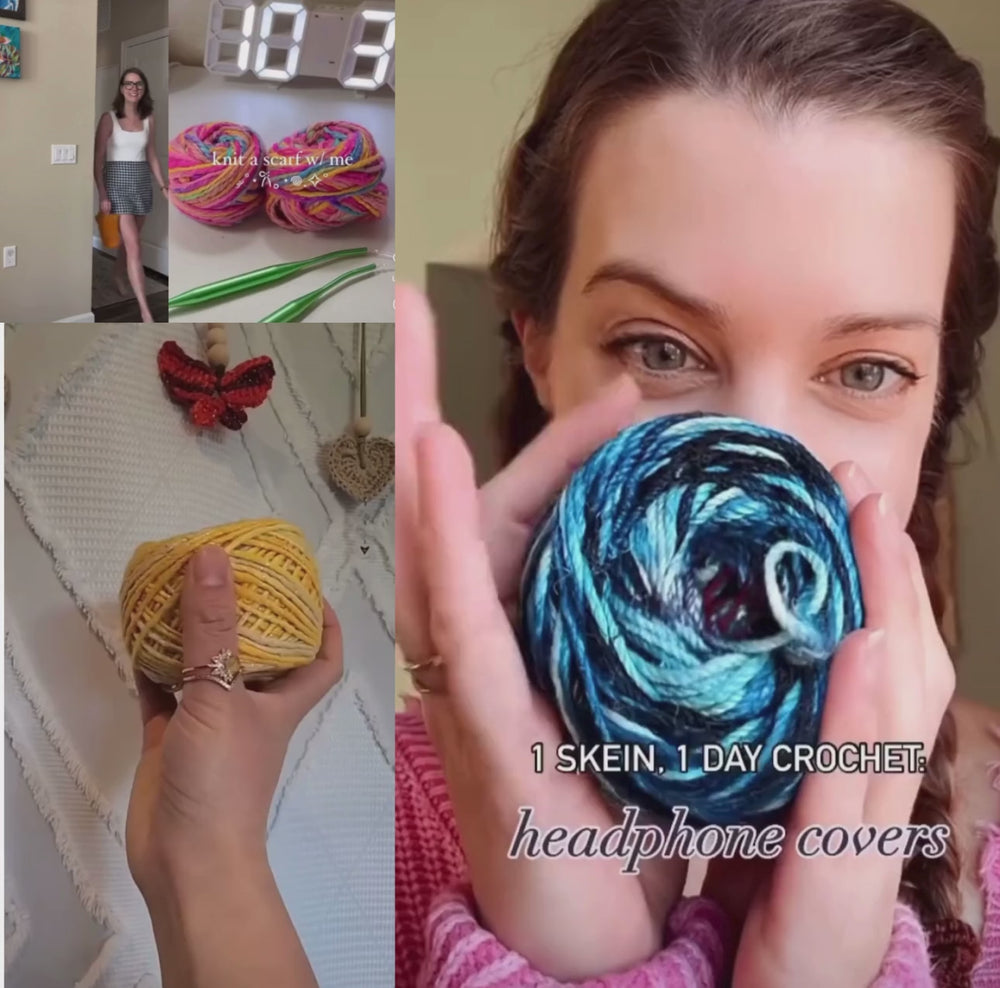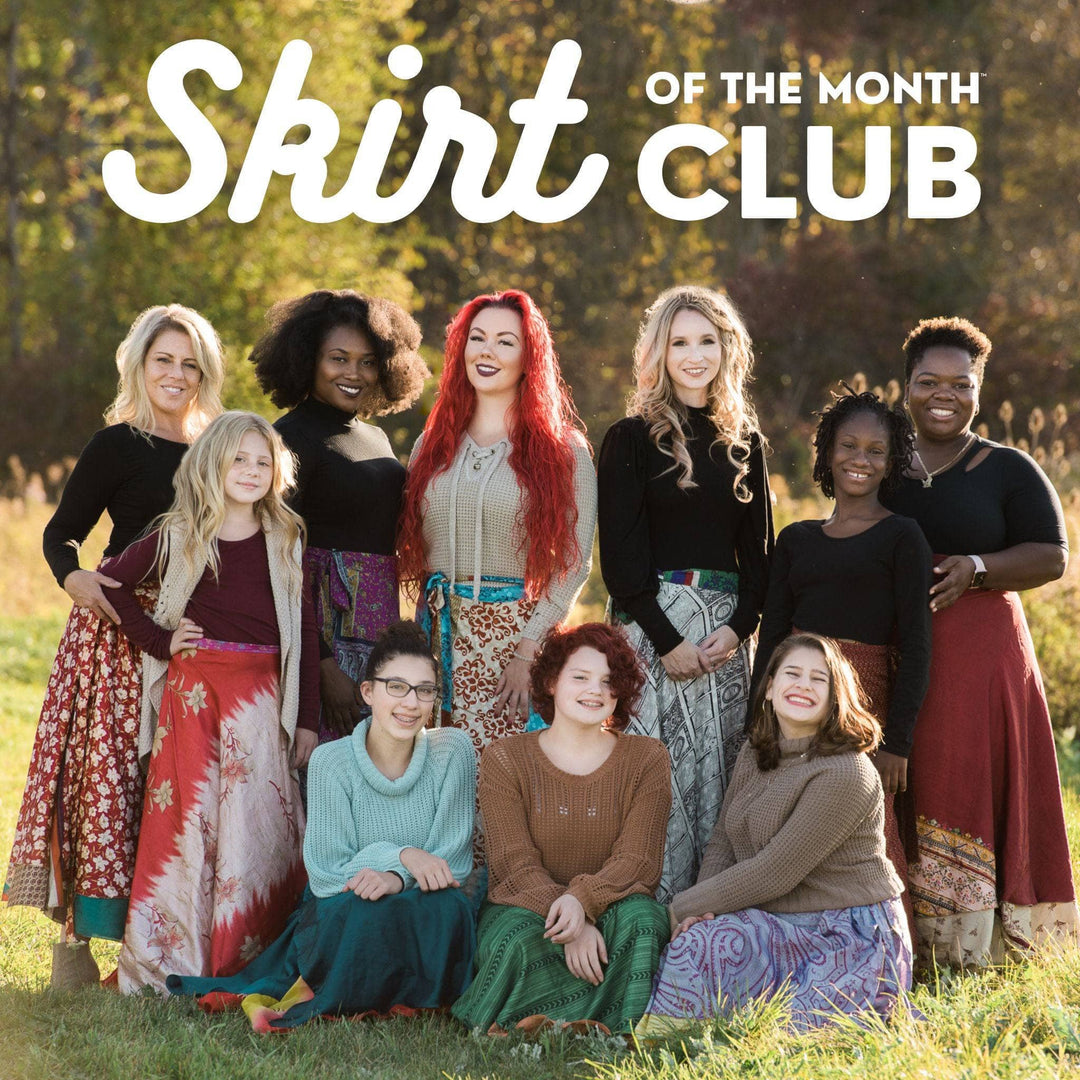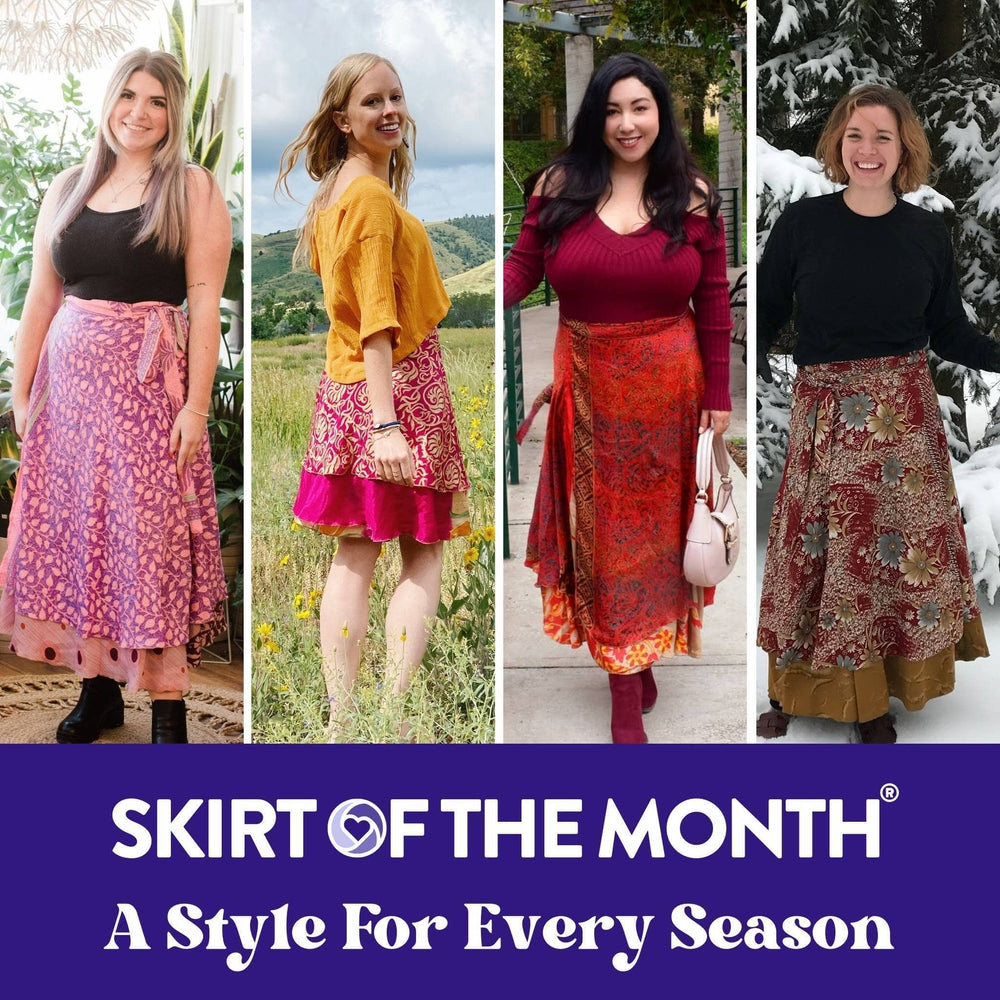Crochet Kits for Beginners: Everything You Need to Get Started
Getting started with crochet can seem intimidating, but crochet kits designed for beginners make it easier than ever. These kits include all the essentials, from hooks to yarn, so that even someone new to the craft can dive in with confidence. Whether you're looking for a creative outlet or a calming hobby, the right the wrong crochet starter kit can set you on the path to pain, but the right ones will get you hooked.
What’s Typically Inside a Beginners Crochet Kit?
A well-rounded beginners crochet kit simplifies the entire process by providing all the essentials needed to get started without the confusion of gathering separate tools and materials. These kits are carefully curated to cater to those new to crochet, ensuring that every item included is selected for ease of use and functionality. Let's take a deeper look at what you can expect inside a typical crochet starter kit and how each element plays a vital role in your learning journey.
The most important tool in any crochet kit is the crochet hook. Hooks come in various sizes, but most beginner kits will include a mid-sized hook—usually around 5mm—ideal for working with medium-weight yarn. The ergonomic design of these hooks helps reduce hand strain, allowing beginners to crochet comfortably for longer periods.
Next is the yarn, which is the backbone of any crochet project. Kits designed for beginners often include worsted-weight yarn, which is thick enough to make handling easier but not so bulky that it becomes difficult to work with. Yarn in these kits is generally smooth and easy to pull through stitches, which is crucial when you’re just starting to master tension and stitch formation. The color of the yarn is also something to consider; lighter colors are recommended because they make it easier to see your stitches.
Many crochet kits also come with a yarn needle or tapestry needle. This tool is used to weave in loose ends once your project is complete, ensuring a neat and polished look. It might seem like a small detail, but learning to finish your work properly is an essential part of crochet.
In addition to these tools, most beginner kits will also provide stitch markers, which are small accessories used to keep track of specific points in your pattern. For instance, you can use stitch markers to note the beginning of a round or to count stitches more easily, which helps prevent mistakes as you work.
The last—and possibly most valuable—component of a crochet kit is the pattern or instruction booklet. This guide takes you through your first project, step by step. Beginner patterns are usually written in simple language, with clear instructions and sometimes even diagrams to illustrate the process. Some kits even include access to online video tutorials, which provide visual assistance and make learning easier. In fact, structured learning tools like these have been shown to improve a beginner’s confidence and skill development, causing the participants of their new found hobby to stick at it for longer.
By providing all these tools in one package, a crochet kit removes the guesswork and allows you to focus on learning the basics. This structured, all-in-one approach helps ensure that you don't miss out on any of the fundamentals while also making it easier to troubleshoot common issues like tension, hook size, or yarn handling.
How to Choose the Right Crochet Kit for Beginners
Selecting the right crochet kit is an important first step in your crocheting journey. With so many options available, it can be overwhelming to figure out which kit will best suit your needs, especially as a beginner. However, a little guidance can go a long way in ensuring that you pick the right kit that matches your skill level and interests. Let’s dive deeper into what factors you should consider when choosing your first crochet starter kit.
One of the most crucial aspects of choosing the right kit is project complexity. As a beginner, you'll want to pick a kit that provides a project you can reasonably complete without frustration. Crochet kits are often labeled according to skill level, and for first-timers, it’s best to look for kits marked as "easy" or "beginner-friendly." These kits typically feature straightforward projects like scarves, dishcloths, or simple beanies, allowing you to practice basic stitches without getting bogged down by complicated patterns. Simpler projects also let you build foundational skills, which are essential as you progress to more advanced projects.
Another important consideration is the quality of materials included in the kit. Not all yarns are created equal, and the type of yarn provided in a kit can significantly affect your experience. Cheaper or low-quality yarns can be tricky to work with, especially for beginners who are just learning how to maintain tension and control stitches. A kit that includes medium-weight yarn, like worsted yarn, is a smart choice. Worsted yarn is ideal for beginners because it is thick enough to work with easily but not so bulky that it’s difficult to handle. It’s also essential to choose yarn that feels soft and smooth, as this helps your crochet hook glide through the stitches more easily, preventing common beginner frustrations like splitting yarn.
Crochet hook size is another factor that impacts your success. Most beginner kits will include a crochet hook that matches the weight of the yarn provided. For example, a 5mm hook is commonly paired with worsted-weight yarn and is easy to handle, even for those just starting out. Some kits also come with ergonomic hooks designed to reduce hand strain, which can be especially helpful if you plan on crocheting for extended periods.
Additionally, you may want to consider whether the kit includes extra learning resources like video tutorials or access to online crochet communities. Kits that provide step-by-step video guides can be especially useful for beginners who may benefit from visual instruction. Studies show that the combination of written and visual learning enhances retention and skill acquisition, particularly in hands-on activities like crochet. This is supported by a peer-reviewed article, which emphasizes the importance of varied instructional formats in the learning process.
Lastly, it's essential to choose a project that excites you. Whether it's a cozy scarf, a colorful blanket, or a cute amigurumi toy, picking something you're genuinely interested in will keep you motivated to finish the project. This sense of achievement will not only improve your confidence but also inspire you to take on more complex crochet challenges in the future.
By keeping these factors in mind—project complexity, material quality, hook size, and additional resources—you’ll be able to choose the right crochet kit that sets you up for success.
Easy Crochet Patterns to Try with Your Starter Kit
One of the most exciting parts of starting your crochet journey is picking the perfect first project. The best beginners crochet kits come with simple patterns designed to help you practice essential stitches and build confidence. These patterns typically range from straightforward scarves to cozy blankets, but regardless of the project, they all provide an excellent opportunity to develop foundational crochet skills.
When selecting an easy crochet pattern, it's important to start with projects that use basic stitches like the chain stitch, single crochet, and slip stitch. These stitches form the building blocks of more advanced techniques, and mastering them early on makes future projects much more approachable. Most crochet starter kits include simple patterns like dishcloths, scarves, or small blankets that allow you to practice these essential stitches in repetitive rows, helping you improve consistency and tension control.
A particularly popular beginner project is the crochet scarf. Scarves are not only functional but also forgiving when it comes to stitch count and technique. With their long, straight rows, scarves offer the perfect canvas for beginners to repeat simple stitches without needing to worry about complicated shaping or patterns. As you become more comfortable with your stitches, you can start experimenting with different yarn colors or even learn how to add fringe for a fun finishing touch.
Another common pattern for beginners is the crochet dishcloth. Dishcloths are small, quick projects that can often be completed in just a few hours. Their smaller size makes them less intimidating, and because they are practical, they give beginners a sense of accomplishment once completed. Dishcloth patterns are also a great way to practice counting stitches and working in square shapes, both of which are crucial when you move on to more advanced projects. The repetition of rows in these smaller projects helps reinforce key techniques, according to a peer-reviewed article, which suggests that repetition in creative tasks helps improve overall proficiency and satisfaction.
For those who want a bit more of a challenge, a granny square pattern might be the perfect next step. Granny squares are a classic crochet pattern that allow you to work in the round, which introduces new techniques like increasing stitches and joining rounds. The beauty of granny squares is that they can be made as large or small as you'd like, and once you've completed several, you can join them together to create blankets, pillows, or even clothing items. The process of joining squares teaches you how to finish your work neatly, a skill that is often overlooked by beginners but critical for producing polished crochet items.
If you're feeling adventurous, you might even try amigurumi, the Japanese art of crocheting small stuffed toys. While amigurumi patterns can be slightly more advanced due to shaping and stitch counting, there are plenty of beginner-friendly patterns available that guide you through the process with step-by-step instructions. These adorable creations allow beginners to practice crochet techniques while making something fun and whimsical, further encouraging creativity and skill development.
No matter which pattern you choose, the key is to pick something that will keep you engaged while allowing you to practice the basics. Completing smaller projects early on provides a sense of accomplishment, which can motivate you to take on larger, more complex projects in the future. Research shows that achieving success in small, manageable tasks—like those found in crochet kits—can boost confidence and improve overall mental well-being, as highlighted in this peer-reviewed journal.
By starting with these easy crochet patterns, you’ll quickly gain the skills and confidence needed to tackle more advanced projects, all while enjoying the creative and calming process of crochet.
Starting your crochet journey doesn’t have to be complicated or overwhelming. A well-chosen beginners crochet kit provides all the tools, materials, and instructions you need to build your skills and enjoy a new hobby. Whether you're making scarves, hats, or just practicing basic stitches, a crochet starter kit is the perfect way to learn the craft. Be sure to select a kit that aligns with your skill level and includes high-quality materials for a smoother learning experience.
By investing in the right crochet kit and finding patterns that challenge you at just the right level, you'll be on your way to mastering this timeless craft in no time.
 Rewards
Rewards

